Luxury Brands Should Embrace Minimalism
Show empty space on product shelves and branding assets.
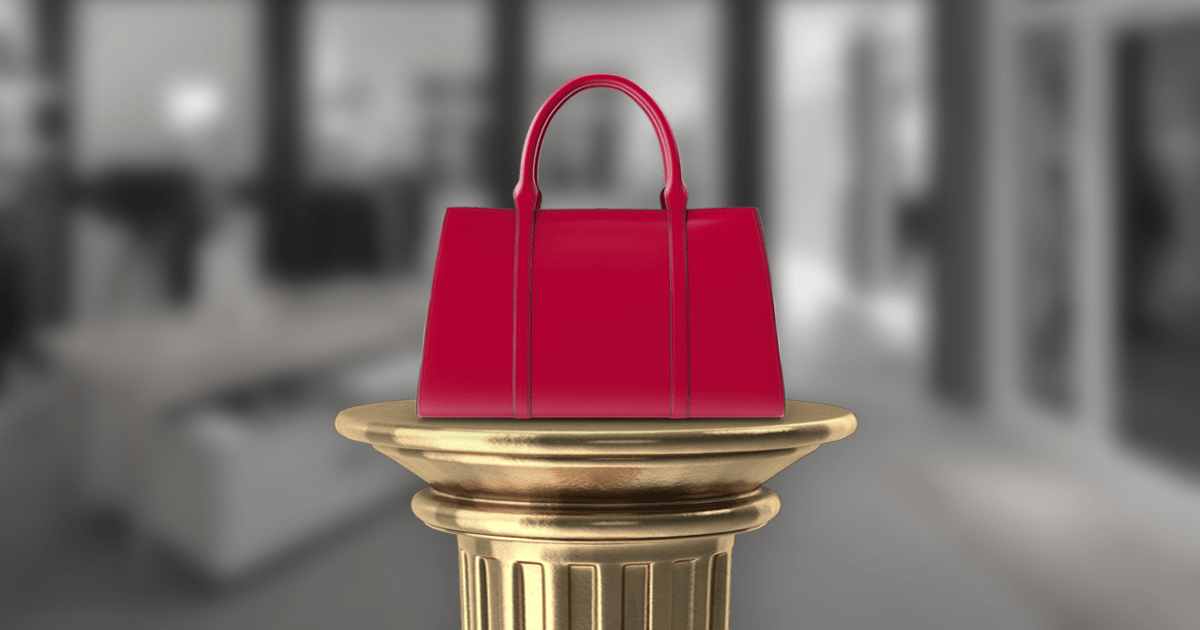
Overview
Research shows that minimalism is effective for luxury brands.
Store Shelves
Only show a few products on shelves.
Luxury products are more appealing with limited supply because these products seem more exclusive (Barton, Zlatevska, & Oppewal, 2022).
Plus, products appear more valuable when surrounded by empty space (Sevilla & Townsend, 2016).
In-Store Customers
Crowded stores weaken the exclusivity of luxury brands. In one study, participants believed that shoes were more expensive in less crowded stores (O’Guinn Tanner, & Maeng, 2015).
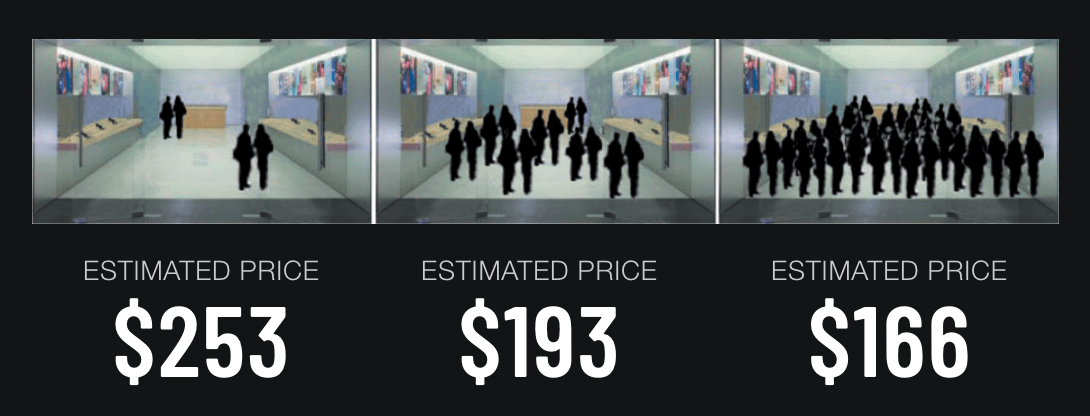
A follow-up study showed that customers were willing to spend more too.
Interestingly, empty space also influences the social class of fellow shoppers. Participants estimated the income levels for stick figures, either spacious or dense. Spacious figures seemed like higher earners:
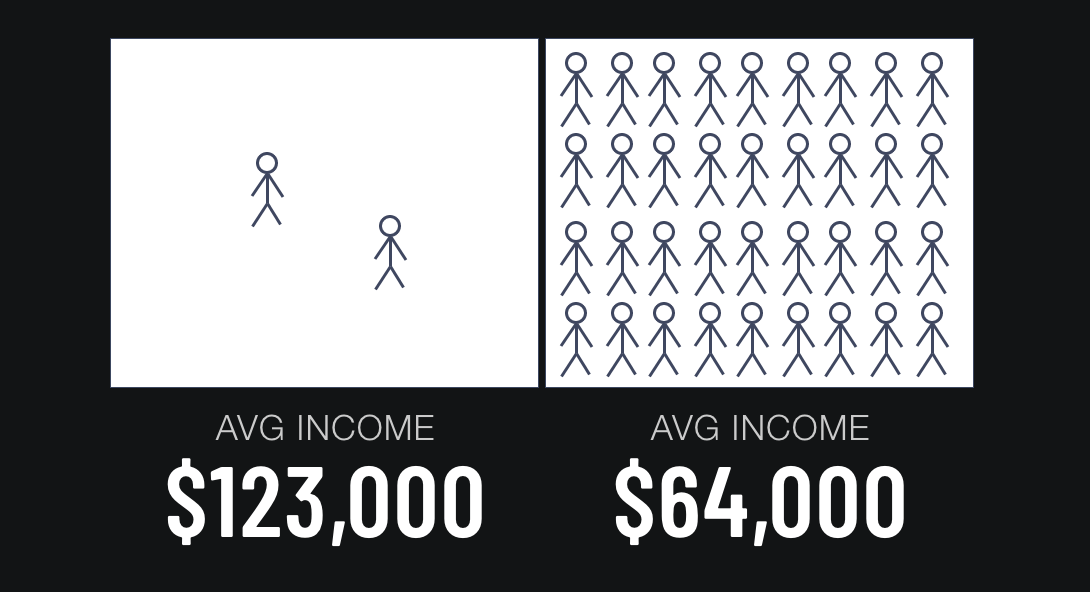
Padding in Interfaces
Luxury brands surround their online products with plenty of padding:
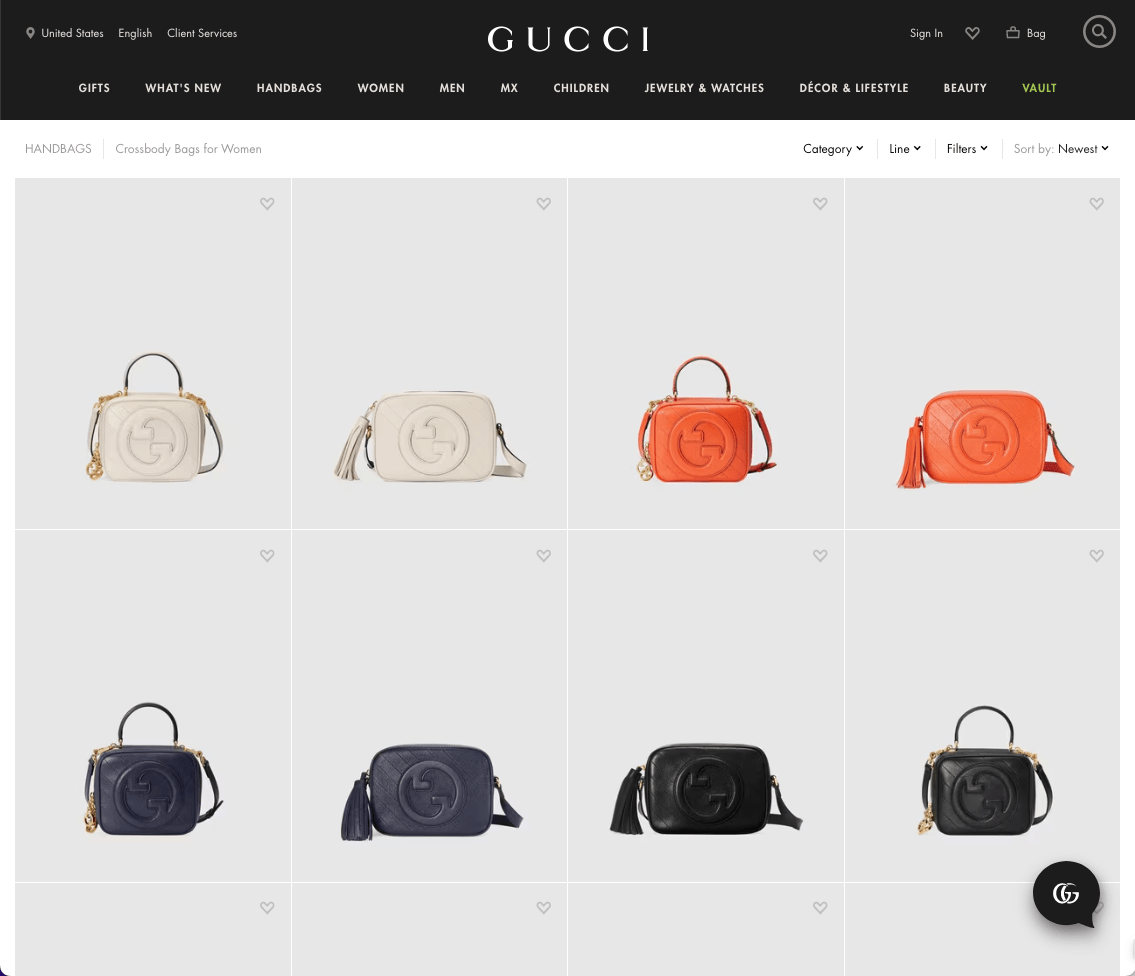
Rolex maintains padding around their copy.
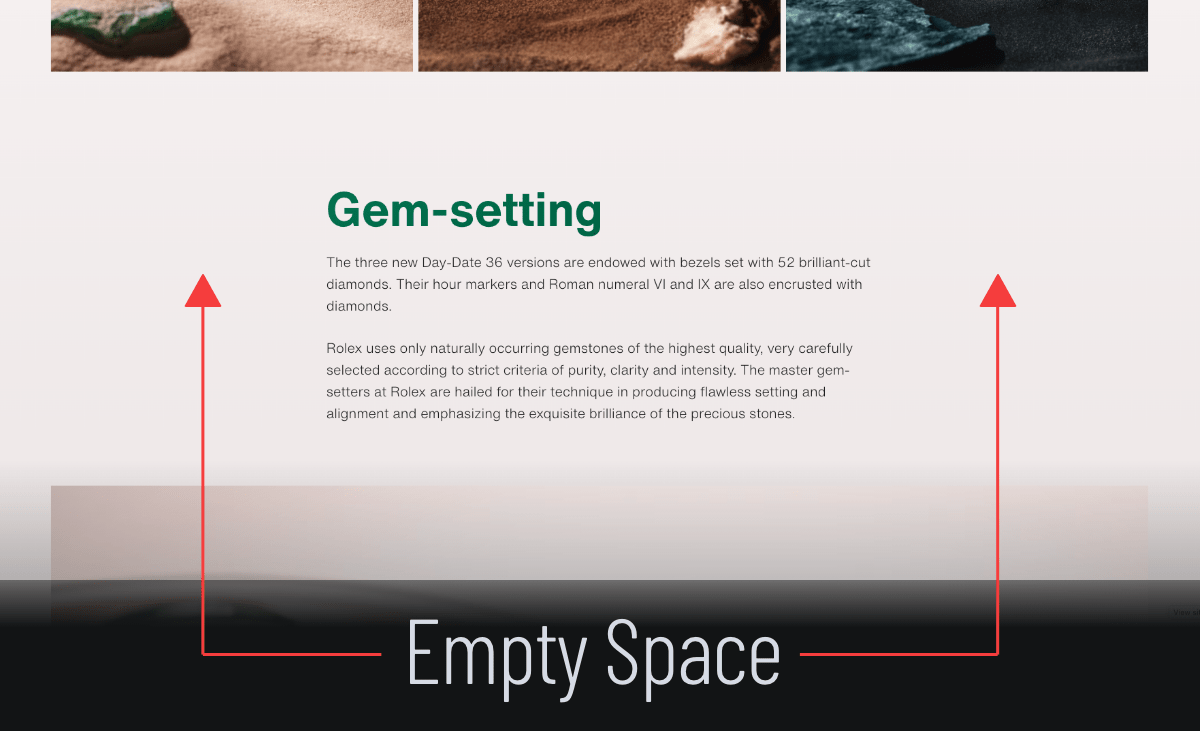
- Barton, B., Zlatevska, N., & Oppewal, H. (2022). Scarcity tactics in marketing: A meta-analysis of product scarcity effects on consumer purchase intentions. Journal of Retailing, 98(4), 741-758.
- O’Guinn, T. C., Tanner, R. J., & Maeng, A. (2015). Turning to space: Social density, social class, and the value of things in stores. Journal of Consumer Research, 42(2), 196-213.
- Sevilla, J., & Townsend, C. (2016). The space-to-product ratio effect: How interstitial space influences product aesthetic appeal, store perceptions, and product preference. Journal of Marketing Research, 53(5), 665-681.
